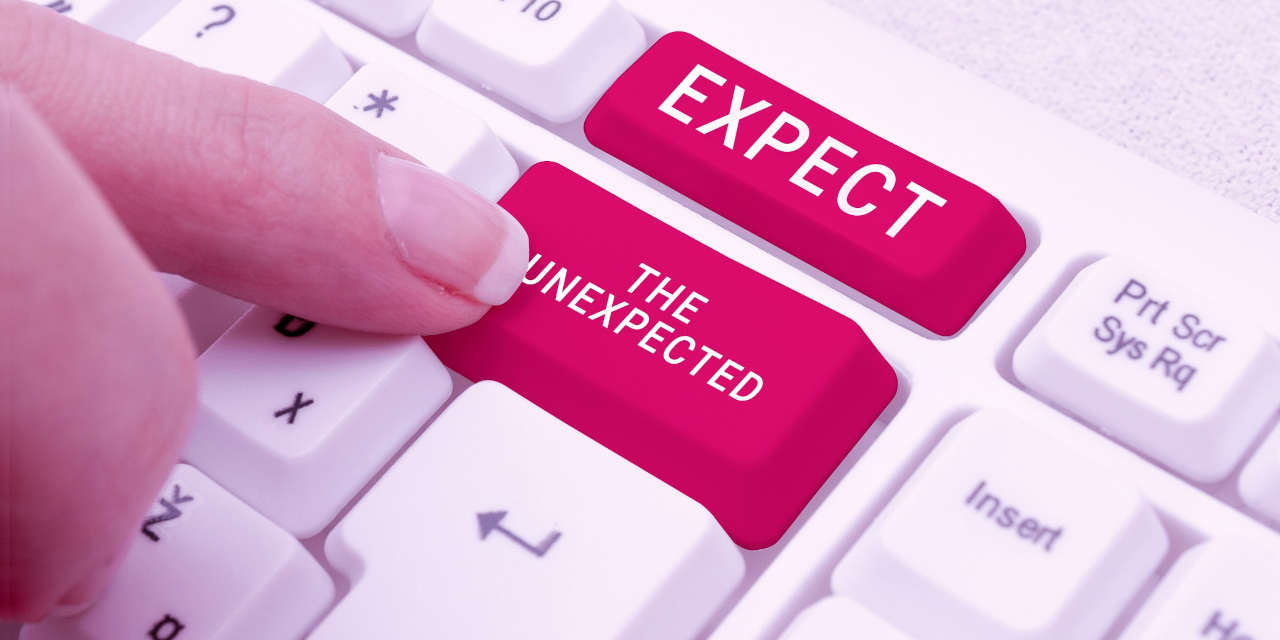By Susan Saldibar
Do you remember that devastating tornado that ripped through the Monett Manner Nursing Home in Arkansas back in 2021?
The on-duty shift supervisor, Barbara Richards, an LVN, had to take charge and make decisions on the spot. It turned out that her decisions saved lives. She didn’t wait for someone else to take charge. She took charge.
She was acting like an “incident commander.”
Who are your incident commanders? Because odds are when something happens, it will be in the middle of the night. Who’s in charge then?
The point is, ready or not, we’re all first responders.
I learned this and a lot more during a recent Tech Tuesday broadcast with Abbie Richie. Abbie was joined by Charles Mann, founder of Accushield (a Foresight partner), and Stan “the Fireman” Szpytek, founder and president of Fire and Life Safety, Inc.
Stan is a super interesting guy.
A Chicago firefighter for 26 years, he has taken his experiences and skills and put them to work as a subject matter expert on fire and life safety compliance and emergency preparedness. Stan works with health care facilities and senior living communities all over the country.
Charles tapped Stan to help Accushield build out their incident management dashboard for their popular sign-in, health screening kiosks.
Calling 911 isn’t a plan.
As Stan points out, it’s what you’ve done before that 911 call and what you do after you call that will make the difference.
And that means using all the tools in your toolbox to be really ready.
Here’s what Stan and Charles urge you to do:
- Think like an incident commander. As Stan said, “Everyone is a first responder.” Manage by each objective of the emergency. Extinguish the fire, locate the missing residents, identify the source of the fire or carbon monoxide leak. Break it down and have a plan for each.
- Train everyone. Odds are the after-hours staff will be the ones dealing with emergencies, not the ED, not the person who signs the checks. Typically your CNAs, LPNs and other frontline caregivers are the ones who will need to take charge. Make sure they can.
- Do middle-of-the-night drills. It’s the best way for folks to take fire drills seriously. Everyone hates them, so it’s even more important to explain why they are important. It’s the only way you’ll know how prepared you really are.
- Use today’s technology. And it keeps evolving every year, so keep on top of it. Just as an example, today we have the ability, through the Accushield dashboard to implement the following:
-
- Automated front desk check-ins. Keep track of everyone who comes through your doors.
- Incident management. Keep track of all incidents, from falls to fires.
- Evacuation management. Real time monitoring of who’s where and what’s happening.
- Up-to-the-minute printed lists of everyone in the building for firefighters and other emergency crew members. First responders need this!
You may think you’re prepared. You may think this won’t happen to you. But odds are you’re not. And it can happen to you.
One last thought. Could preparedness help attract more prospective residents?
Your prospective residents and their families want to know how you’re going to keep Mom or Dad safe. Can you imagine, during a tour, rolling out this state-of-the-art plan to keep their loved ones safe?
What would that level of emergency planning say about your community and how you value your residents?
Think about that while you watch the full Tech Tuesday episode. Also, get in touch with Stan Szpytek. He can address any question you have about safety and preparedness.
Finally, check out Accushield. They do a lot more than I’ve covered here, and it will be time well spent!







